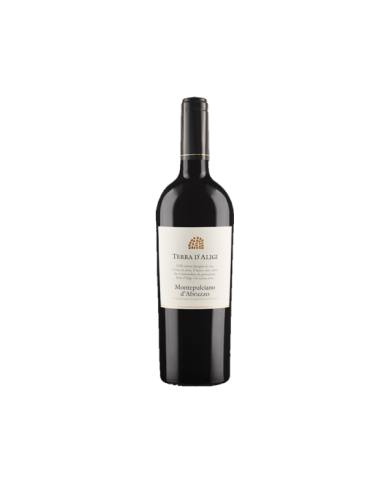Sangiovese di Romagna Denomination
The Sangiovese di Romagna Denomination represents the wine excellence of the Romagna region, with wines that embody centuries of tradition and passion. In this article, we will explore the rich wine culture of Romagna, discovering the unique characteristics of Sangiovese di Romagna and its role in the Italian wine scene.
History and Origins
The roots of winemaking in the Romagna region date back to Roman times, but it is with Sangiovese that local viticulture has found its highest expression. Sangiovese di Romagna has a long history, characterized by a continuous pursuit of quality and authenticity while respecting traditions.
Characteristics of Sangiovese di Romagna Wine
Sangiovese di Romagna is distinguished by its complex flavor profile, combining fruity notes of cherry and strawberry with spicy and earthy undertones. On the palate, it is elegant and well-structured, with soft tannins and a pleasant freshness that makes it suitable for aging.
Terroir and Environment
The terroir of Romagna offers an ideal environment for the cultivation of Sangiovese, with clayey soils and a Mediterranean climate that promotes optimal grape ripening. The hills that characterize the Romagna landscape contribute to creating diversified microclimates, adding complexity to the wines produced in the region.
Production Process
The production process of Sangiovese di Romagna follows centuries-old traditions, with manual harvesting and careful vinification. Grapes are carefully selected and vinified using techniques that respect the nature of the fruit, preserving its intrinsic characteristics to the fullest.
Variations and Types
The Sangiovese di Romagna Denomination offers a wide range of wines, from the young and fresh Sangiovese di Romagna DOC to the more complex and structured Sangiovese di Romagna Riserva DOCG. Style variations depend on the use of different Sangiovese varieties and vinification techniques adopted by individual producers.
Gastronomic Pairings
Sangiovese di Romagna pairs magnificently with gastronomic delights, enhancing typical dishes of Romagna cuisine such as piadina, homemade fresh pasta, and grilled meats. Its versatility also makes it an ideal companion for international dishes like pizza and tomato-based pasta.
Popularity and Reception
Sangiovese di Romagna enjoys great popularity in both national and international markets, thanks to its exceptional quality and distinctive character. The numerous awards and accolades received testify to the appreciation for these high-quality Romagna wines.
Sangiovese di Romagna is not just a wine product but an authentic expression of Romagna's culture and tradition. With its beauty and complexity, it continues to celebrate the oenological heritage of the region and capture the hearts of wine lovers worldwide.
FAQs
What are the main sensory characteristics of Sangiovese di Romagna Wine? Sangiovese di Romagna Wine is distinguished by its complex flavor profile, with a harmonious combination of ripe fruits, spices, and earthy notes.
What are the most common Sangiovese varieties used in the Sangiovese di Romagna Denomination? The most common Sangiovese varieties used in the Sangiovese di Romagna Denomination are Sangiovese Grosso and Sangiovese Piccolo.
What are typical dishes of the region that pair well with Sangiovese di Romagna Wine? Typical dishes of the region that pair well with Sangiovese di Romagna Wine include piadina, homemade fresh pasta, and grilled meats.
What are the tips for storing and serving Sangiovese di Romagna Wine at its best? To store and serve Sangiovese di Romagna Wine at its best, it is advisable to store it in a cool, dark place and serve it at a temperature of about 18-20┬░C in wide glasses to promote oxygenation.













